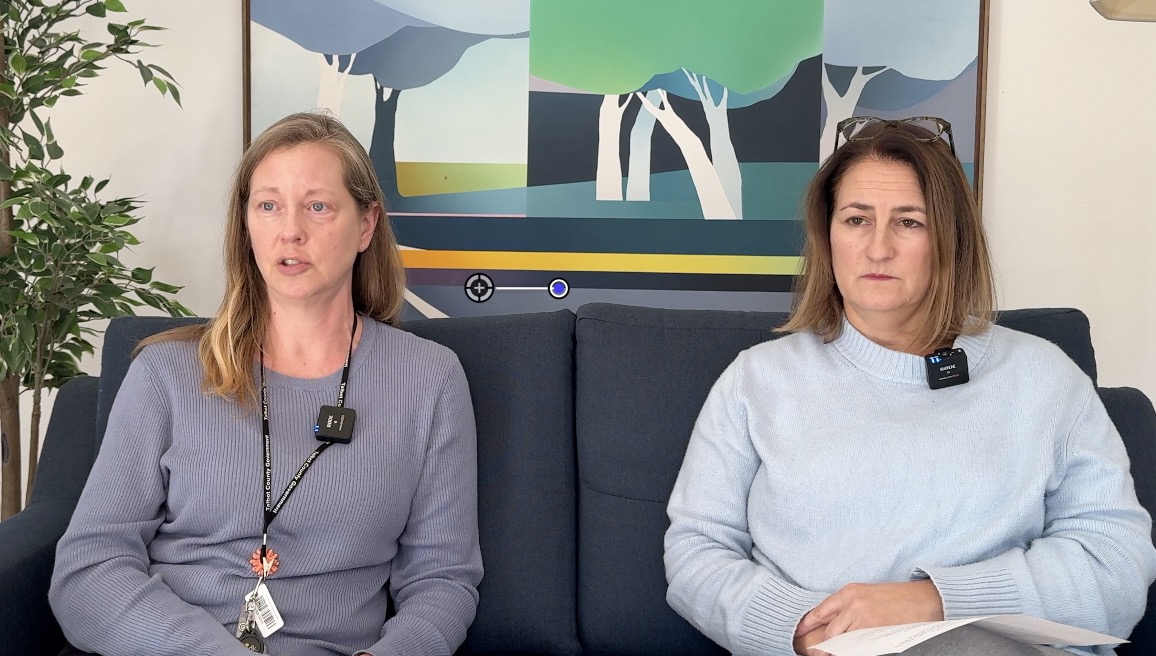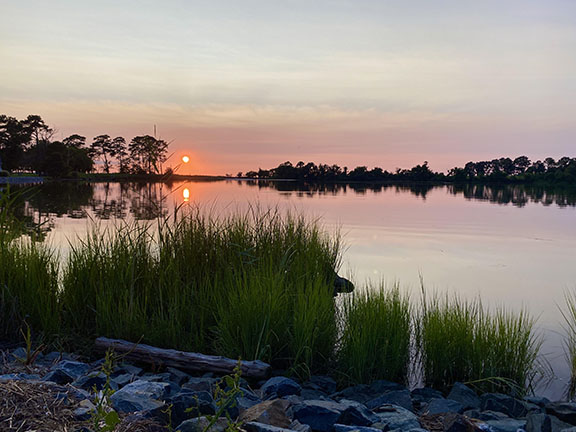The Maryland State Department of Education (MSDE) has released the 2025 Maryland School Report Card, offering a detailed look at how schools across the state—and in Talbot County—are performing under the Maryland Accountability System.
Statewide, the outlook shows steady improvement. Forty-three percent of Maryland schools earned the top two ratings of four or five stars, up from 41 percent the previous year. In total, 86 percent of schools received at least three stars, reflecting a growing trend of improvement over the past three years.
“These results reflect the hard work happening in Maryland classrooms every day,” said Dr. Carey M. Wright, State Superintendent of Schools. “The Maryland School Report Card reinforces our commitment to high-quality educational opportunities for every student.”
In Talbot County, results show a familiar pattern: strong graduation rates and student engagement, but continued struggles in academic performance—especially in math and among English learners.
Talbot County’s elementary schools earned 9.1 out of 20 points in academic achievement and 19.5 out of 35 for academic progress. English language proficiency was moderate at 5.3 out of 10, while the “School Quality and Student Success” score—measuring attendance and engagement—was higher at 25 out of 35.
These numbers suggest that while younger students are active and involved, many are still below grade-level expectations in core subjects.
Middle schools earned 8.1 out of 20 points for academic achievement and 16.6 out of 35 for progress. English language proficiency dropped to just 2.6 out of 10, one of the weakest spots in the county data. School quality and student success scored 20.9 out of 35, showing that while schools are maintaining engagement, academic growth remains limited.
At the high school level, the data show both promise and concern. Academic achievement scored 14.2 out of 30 points, but the graduation rate reached an impressive 14.6 out of 15—equal to a 97 percent graduation rate. That rate holds steady across racial and economic groups.
However, readiness for college or career earned only 6.7 out of 10 points, suggesting that while students are finishing high school, not all are fully prepared for what comes next.
Math remains a major weakness for Talbot County students, with only 29.5 percent of elementary, 13.8 percent of middle, and 20.9 percent of high school students proficient. English Language Arts scores are higher—41.9, 43.3, and 59.7 percent—but still uneven.
Large gaps persist across racial and economic lines. White students continue to outperform other groups, while Black, Hispanic, and economically disadvantaged students show proficiency rates often below 10 percent in math.
Maryland’s Accountability Advisory Committee is currently reviewing the state’s system to improve transparency and fairness. The committee, guided by the Center for Assessment, will present new recommendations to the State Board of Education later this year.
For Talbot County, the takeaway is clear: the system is working to keep students in school and involved, but the next step is ensuring every graduate is academically ready for life beyond the classroom.











